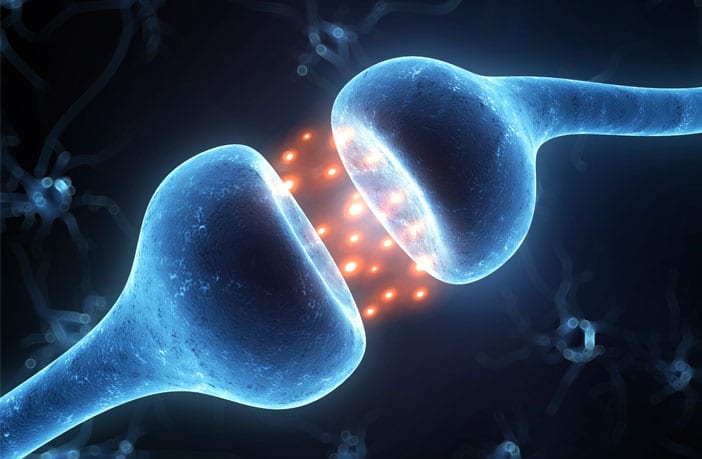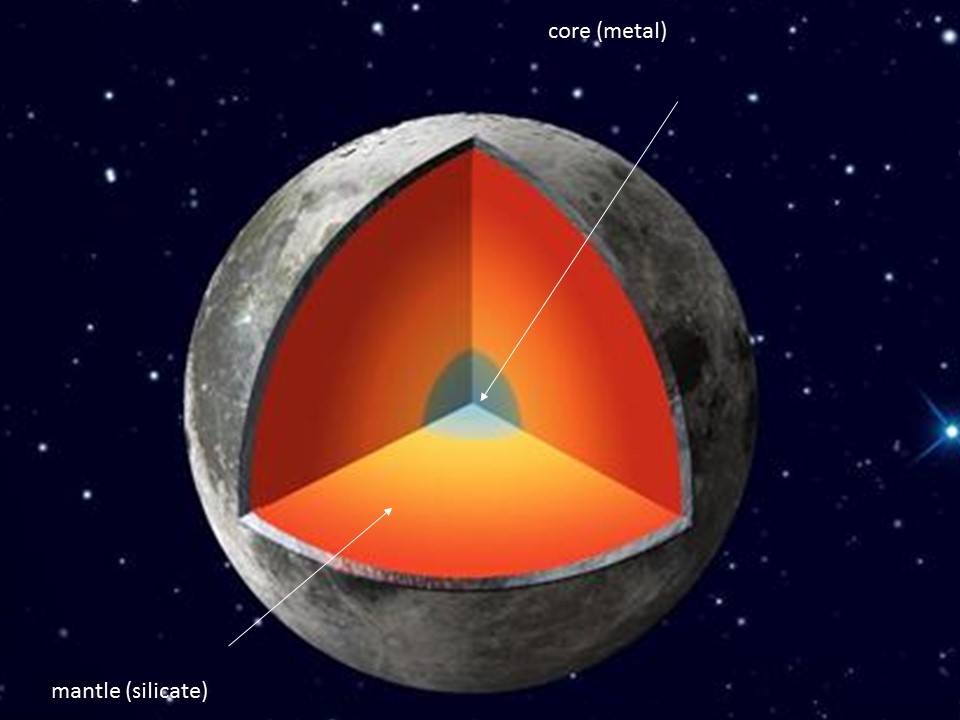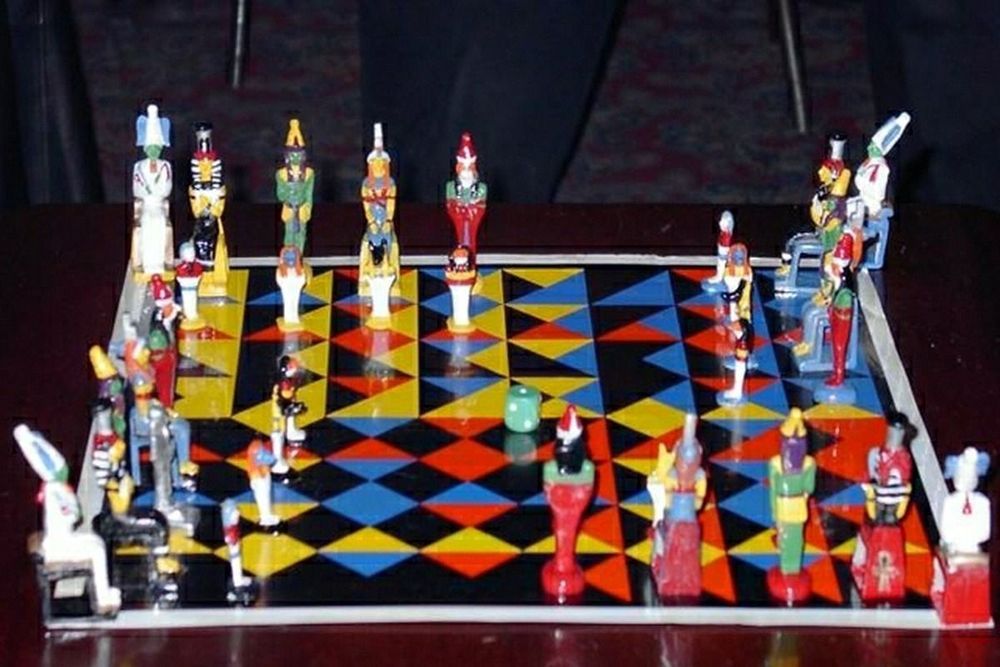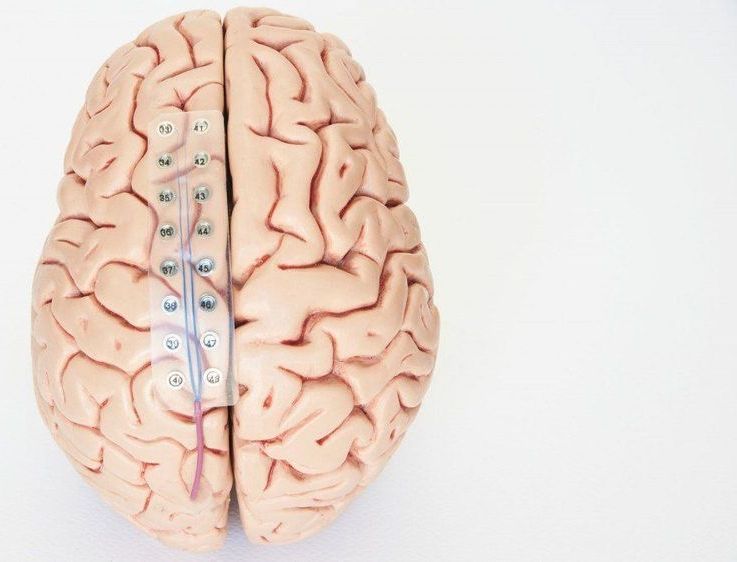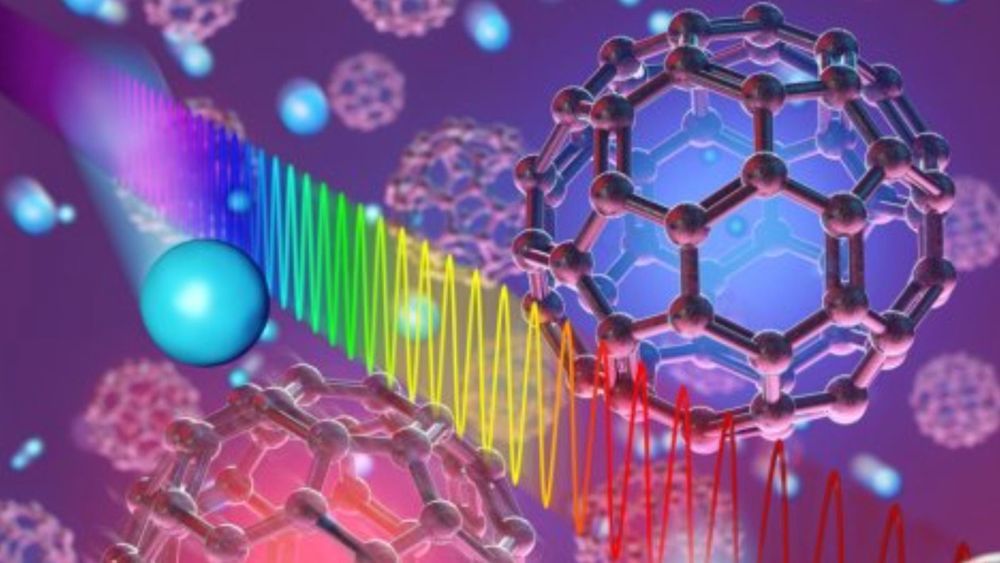Despite unbelievable advances in medical science in recent decades, breast cancer kills. Approximately 1 in 8 American women will develop breast cancer cells during the course of their lifetime.
Finding a cure is imperative, and as such, fervent research continues. At the European Breast Cancer Conference in Amsterdam, scientists presented a pair of drugs with an astounding claim: this treatment can eradicate some types of breast cancer in only 11 days, eliminating the need for chemotherapy.
Chemotherapy, whilst an amazing feat of medical-scientific engineering, is known for its uncomfortable and sometimes debilitating side effects. Women undergoing chemotherapy for breast cancer treatment may lose their hair, suffer extreme fatigue, and even loss of cognitive function.

